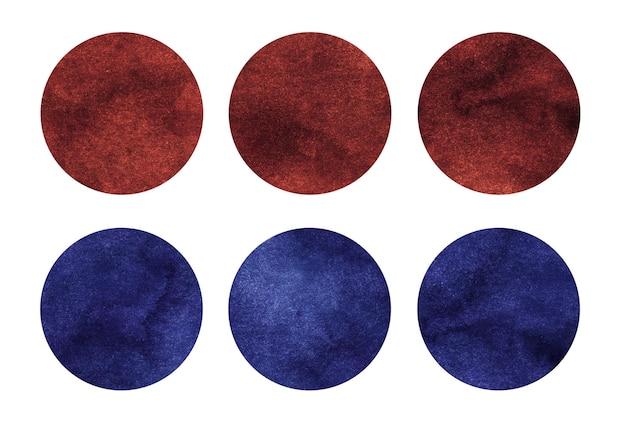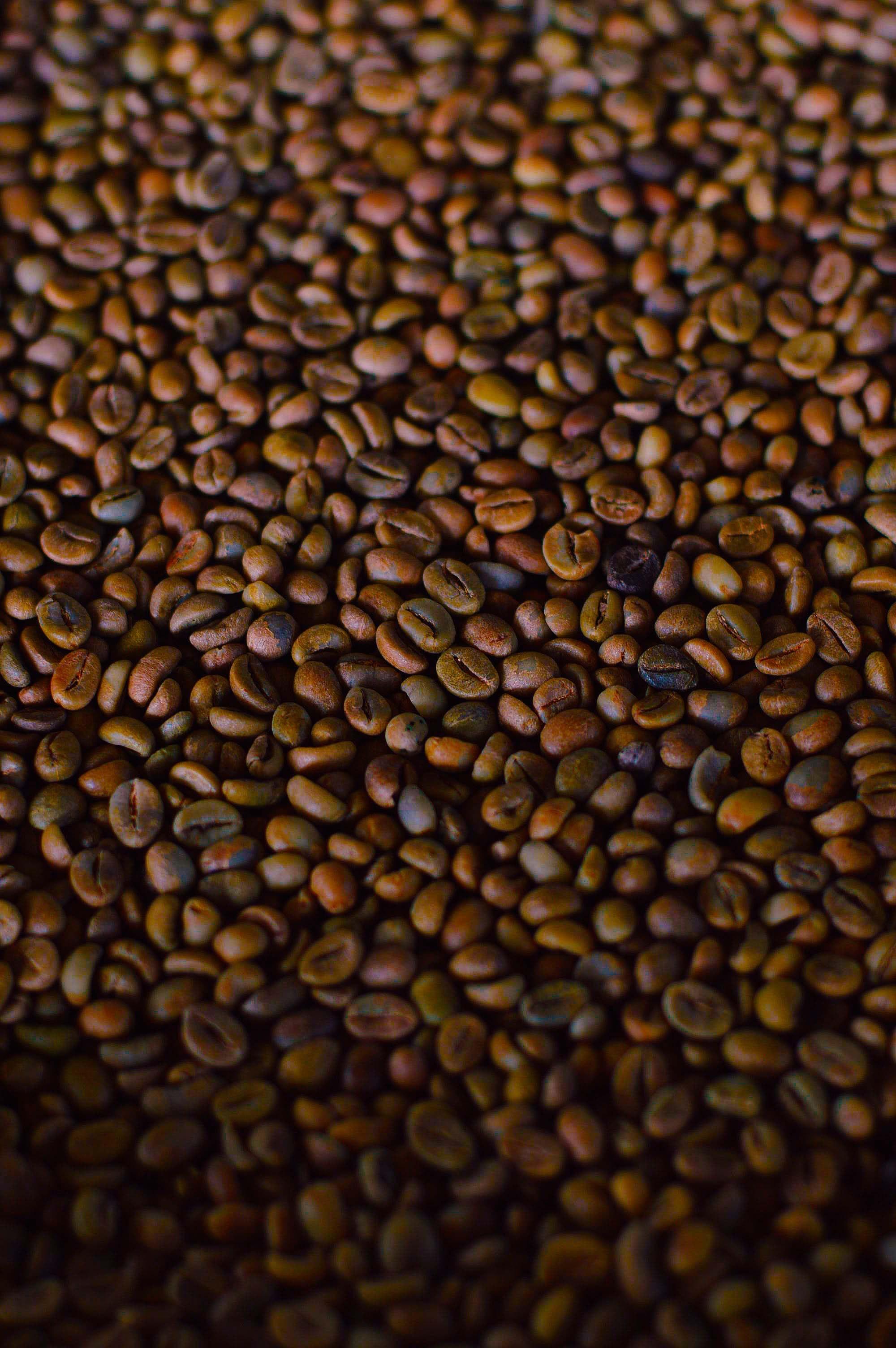If you’re a fellow artist or art enthusiast, chances are you’ve found yourself standing in front of the paint aisle, contemplating whether to get burnt sienna or burnt umber. The struggle is real! These two earthy pigments may seem similar, but they have their own unique qualities that can significantly impact your artwork.
In this blog post, we’ll dive deep into the world of burnt sienna and burnt umber, exploring their characteristics, differences, and best applications. Whether you’re aiming for warm tones in your landscape painting or adding depth to your portraits, understanding which color to choose is essential. So, let’s break it down and make your color decision a bit easier!

Should I Get Burnt Sienna or Burnt Umber
When it comes to choosing between burnt sienna or burnt umber, it’s like trying to decide between chocolate chip or double fudge ice cream – both are delicious, but which one suits your taste buds? In the world of artwork, this dilemma is a common one. So, let’s delve into the nuances of these earthy hues and help you make a decision that will bring your artistic vision to life!
Layering the Colors: Burnt Sienna vs. Burnt Umber
Burnt Sienna: This warm, rusty orange pigment named after the gorgeous Sienna region in Italy brings a vibrant energy to your artwork. With its reddish-brown undertones, burnt sienna can add depth and richness to your paintings. It’s perfect for capturing the warmth of landscapes, sunsets, or even a cozy fireplace.
Burnt Umber: If burnt sienna is the vivacious extrovert, then burnt umber is its more subdued, introspective sibling. With deeper brown undertones, burnt umber creates a sense of grounding and stability in your artwork. It’s excellent for capturing the earthiness of tree trunks, shadows, or any subject that requires a touch of natural warmth.
The Right Hue: Choosing Between Burnt Sienna and Burnt Umber
Preference for Warmth: If you’re looking to infuse your painting with a warm and lively feel, burnt sienna is your go-to option. Its inviting orange tones will evoke a cozy and welcoming atmosphere. On the other hand, if you prefer a more subdued and earthy vibe, burnt umber will lend depth and solidity to your artwork.
Subject Matter Considerations: When deciding between burnt sienna and burnt umber, consider the subject matter of your art. For landscapes featuring autumnal scenes, fiery sunsets, or warm-toned buildings, burnt sienna is a natural choice. On the other hand, if you’re painting wooded landscapes, shadows, or any subject that requires a touch of natural earthiness, burnt umber will bring the desired effect.
Color Palette Harmony: Think about the overall color scheme you want to achieve in your artwork. Burnt sienna pairs well with warmer tones like yellows, oranges, and reds, creating a harmonious and cohesive palette. Burnt umber, on the other hand, complements cool tones such as blues and greens, adding balance and contrast to your composition.
The Verdict: It’s All About Your Vision
Ultimately, the choice between burnt sienna and burnt umber boils down to your artistic vision and what you want to convey through your artwork. Whether you opt for the lively warmth of burnt sienna or the grounding nature of burnt umber, remember that these colors are tools that help translate your creative expression onto the canvas.
So, follow your instincts, unleash your inner artist, and embrace the color that speaks to you. After all, in the art world, there are no right or wrong choices – only beautiful possibilities waiting to come to life on your canvas.
Now, armed with the knowledge of burnt sienna and burnt umber, go forth and create masterpieces that will make even the Mona Lisa green with envy!

FAQ: Should I Get Burnt Sienna or Burnt Umber
Is Burnt Umber a Cool Color
No, Burnt Umber is actually a warm color. It falls on the warmer side of the color wheel, which means it has more reddish-brown tones to it.
What Can I Use Instead of Burnt Umber
If you’re looking for an alternative to Burnt Umber, you can try using Raw Umber. It has a similar earthy tone but is slightly lighter in color. You can also mix other brown pigments like Raw Sienna and Ivory Black to achieve a similar effect.
What is the Zorn Palette
The Zorn palette refers to a limited color palette popularized by the Swedish artist Anders Zorn. It consists of just four colors: Yellow Ochre, Vermilion, Ivory Black, and Titanium White. While Burnt Umber is not one of the colors in this palette, you can still incorporate it into your artwork along with the other Zorn colors to add depth and richness.
Is Burnt Umber the Same as Dark Sienna
No, Burnt Umber and Dark Sienna are not the same colors. While they both fall into the brown color family, they have distinct characteristics. Burnt Umber has a darker tone with more red undertones, whereas Dark Sienna is a lighter brown with a hint of orange.
Is Burnt Umber an Orange
No, Burnt Umber is not considered an orange color. It is a rich brown color with reddish undertones. If you’re looking for an orange color, you can try using pigments like Cadmium Orange or Gamboge.
What Color is Terra Cotta
Terra Cotta is a warm, earthy brown color that often resembles the shade of clay pottery. It is similar in tone to Burnt Umber but has a slightly more reddish hue.
What Can I Use Instead of Raw Sienna
If you don’t have Raw Sienna on hand, you can try using Yellow Ochre as a substitute. While it may not be an exact match, Yellow Ochre has a similar warm and earthy tone that can provide a comparable effect in your artwork.
Is Yellow Ochre the Same as Raw Sienna
No, Yellow Ochre is not the same as Raw Sienna even though they both have warm and earthy tones. Yellow Ochre has a brighter and more vibrant yellow color, while Raw Sienna leans towards a deeper, more muted brownish-orange shade.
Is Burnt Sienna Toxic
No, Burnt Sienna is generally not toxic. However, it’s always a good idea to check the specific brand and product you’re using for any safety information or warnings.
What’s the Difference Between Raw Umber and Burnt Umber
The difference between Raw Umber and Burnt Umber lies in their preparation. Raw Umber is an earthy brown pigment that hasn’t been heated or burned, while Burnt Umber is created by heating Raw Umber, resulting in a darker and more intense color. Both pigments can be used to achieve various shades of brown in your artwork.
What Does the Color Burnt Sienna Look Like
Burnt Sienna is a warm reddish-brown color. It resembles the rich hue of clay soil or the earthy tones of autumn leaves. It can add warmth and depth to your artwork, especially when used in landscapes or figurative painting.
What Color Goes with Burnt Umber
Burnt Umber can pair well with a variety of colors. It complements other earthy tones like greens and oranges, creating a warm and harmonious palette. You can also contrast Burnt Umber with cooler blues or purples to create a visually striking effect.
What is the Opposite of Burnt Sienna
The opposite of Burnt Sienna is a cool bluish-green color. On the color wheel, it falls directly opposite to Burnt Sienna, creating a complementary color combination. Consider using shades like cerulean or turquoise to create this striking color contrast.
Is Burnt Sienna Red or Brown
Burnt Sienna can be considered both red and brown. It has a reddish undertone, reminiscent of burnt reddish-orange clay. However, it also has deep brown tones that give it a rich, earthy quality.
What is Burnt Sienna Used for
Burnt Sienna is a versatile color that can be used in various art forms. It is commonly used in painting, particularly in landscapes, portraits, and still-life compositions. It can be employed to create the illusion of natural skin tones, add warmth to landscapes, or create depth and richness in abstract artwork.
Is Burnt Umber Transparent
Burnt Umber can have varying degrees of transparency depending on the brand and quality of the pigment. Some brands offer Burnt Umber in both transparent and opaque versions. If transparency is crucial for your artwork, check the labeling or consult the manufacturer’s information before purchasing.
What Colors Go Well with Umber
Umber shades, including Burnt Umber, can be complemented by a range of colors. Earth tones like greens, golds, and ochres can enhance the warmth and natural feel of umber pigments. Cool colors such as blues and purples can provide a striking contrast when combined with umber shades.
What Color Can I Use Instead of Burnt Sienna
If you’re looking for an alternate color to Burnt Sienna, you can try using Indian Red or Mars Brown. These pigments have similar warm and reddish-brown tones that can be effective substitutes.
Is Burnt Sienna Good
Absolutely! Burnt Sienna is a highly regarded color in the world of art. Its versatility, warm tones, and ability to create natural-looking skin tones and earthy landscapes make it a valuable addition to any artist’s palette.
Why is it Called Van Dyke Brown
The term “Van Dyke Brown” originated from the Dutch painter Anthony van Dyck, who utilized a pigment resembling the color Burnt Umber in his artwork. Over time, the term became associated with the brownish tone, giving birth to the name “Van Dyke Brown” for the color we now commonly refer to as Burnt Umber.